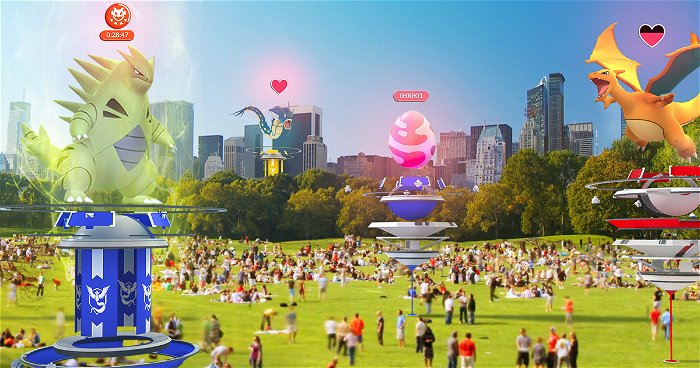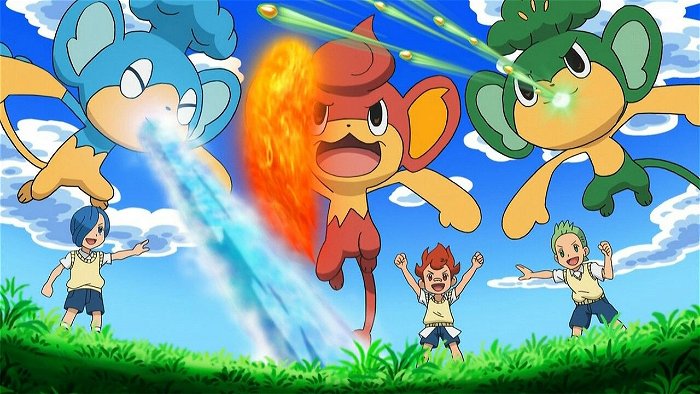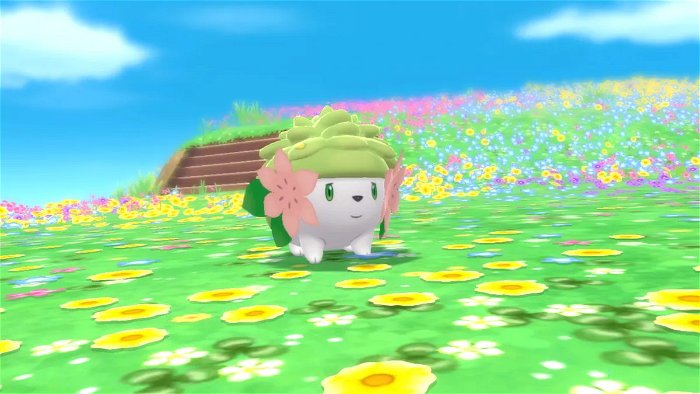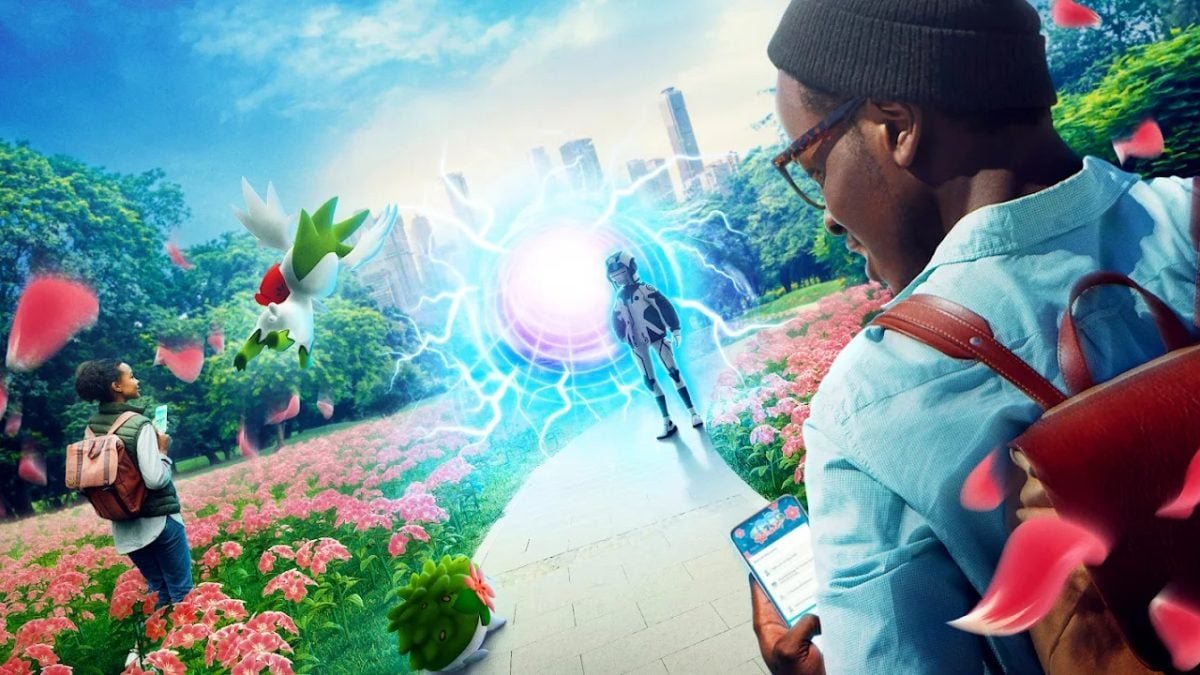Pokémon Go is approaching its sixth anniversary, but with last weekend’s Go Fest in the rearview mirror, more and more fans are growing discontent. Here are some things that Niantic needs to adjust.
Festival events are supposed to bring the community together and rebuild excitement for mobile or ongoing games, but over the last few years, there’s been a rising chorus of disappointment amongst the Pokémon Go base after each big summer spectacle. Niantic’s juggernaut weathered the pandemic with record-breaking profits thanks to some prudent concessions, like allowing players to join raids remotely or spin stops from a larger distance. Now that most parts of the world are slowly returning to some definition of normalcy, the company has been trying to roll back some of those changes, and only poking the bear more.
While the game’s supremacy in its unique mobile game niche is not exactly in jeopardy yet, there are still some changes that should be made to ensure Pokémon Go doesn’t fully alienate its most dedicated users:
Remote Raid Passes & Incentivizing Public Play
The introduction of Remote Raids was monumental, not only allowing players to participate safely during the height of the pandemic, but opening the game up for others who were already disillusioned about the entire concept of raiding. Getting a group together to take on a raid became truly feasible for the majority of players for the first time since the mechanic’s introduction.
However, last month Niantic announced it would no longer be giving away a free Remote Raid Pass to all players weekly, and increasing the cost of these items. They still cost 100 Pokécoins each, but a bundle of three now costs 300, instead of the discounted rate of 250—removing the discount entirely. Pokémon Go live game director Michael Steranka told Polygon his team’s “goal is to shift the balance back towards the fun of raiding together in-person again,” and utilize the 1-coin deals to highlight other aspects of gameplay.
This outlook is naïve, however. Many players simply abstained from participating in the raids instead, and by penalizing those players for preferring to play a different way, Pokémon Go is simply pushing them away. If the company truly wishes to emphasize the in-person aspect again, they should instead offer incentives to players who raid in-person—for instance, by offering better EXP and Stardust rewards, bonus Pokéballs for catching the featured Pokémon, and so on. After all, in-person passes are already pretty easy to come by, in comparison to the remote passes, so that incentive is already there. Punishing one group of players for preferring a standard, game-legal participation method is not the solution.
Changing the Daily Pokécoin System

Speaking of Pokécoins, Pokémon Go‘s gym rewards need to be tweaked. Since the game’s inception, players can earn up to 50 Pokécoins daily by having their Pokémon hold a gym. However, you’re only paid out on this if your Pokémon is removed from that gym. If, for instance, you hold a gym for several days or even a week, you still only receive those 50 coins when your champion is inevitably removed.
Granted, Pokécoins are also a paid currency, so Niantic doesn’t exactly want to give them away so readily. It could be damaging to Pokémon Go‘s overall balance, especially since there are some very remote gyms that people can hold unchallenged—for years, in some cases. However, it’s still unfair to those who hold the line for a modest number of days.
Instead of gifting up to 50 Pokécoins per day, a more adaptive approach would do a lot of boost player morale. Pay trainers out daily instead: either start them at 50 coins for the first 24 hours held and decrease the daily amount from there, like 40 for the second day and 30 for the third, and so on; or build them up to 50 coins per day. The current system actually encourages players to wish for their Pokémon’s defeat, when a new model could encourage genuine competition.
Make Regional Exclusives Accessible via Eggs

If you’ve been playing Pokémon Go for some time, you probably have a few glaring holes in your Pokédex that just can’t be filled: regional exclusives. Try as you might, spinning stops and swapping gifts won’t help. Only hopping on a plane will get you a chance to catch that elusive Klefki, which can only be found in France.
Niantic does, at times, host events where you can catch these region-locked monsters, but they’re few and far between. It would be more prudent, however, if they would allow exclusives to be obtained in between these fleeting opportunities.
Take the monkey trio from Unova for example: Pansage, Pansear, and Panpour. Panpour is exclusive to the Americas; Pansear to Europe, Africa, and the Middle East; and Pansage to the Asia-Pacific. If a trainer in Canada has a friend living in Japan, they should be able to hatch a Pansage from eggs received from that friend, and vice versa with Panpour. Or, perhaps allow trainers who are Best Friends to do remote trades across an unlimited distance once in a blue moon, so that trainers can directly send their local specialties to friends abroad. For now, regional exclusives are held over for paid ticket events instead.
Make a Day Out of Community Day
Each month, one day of a weekend is designated Community Day, highlighting a particular Pokémon. All trainers will find them swarming the map, and those who purchase paid tickets access further research goals and perks. However, the window for these events was recently shortened by three hours, from 11 AM to 2 PM. Steranka then told Dotesports they were “prompted” to reassess the event length by “calls from Trainers to revert it back to three hours.” Niantic assessed the situation and found “less than five percent of players played longer than three hours on Community Day.”
It’s not the cumulative time trainers spend on the event, but the window of availability. Prudent, experienced trainers can typically bang out an event within an hour total. But if they work during the event, or have other obligations, they may not get a chance to start until later in the afternoon. In my experience, if you don’t have the time to participate and fully finish a Community Day, the Special Research can also linger in your queue for incredibly long periods—when I’ve been interrupted from Community Day events, those featured creatures have simply not been spawning in the wild ever since.
By making the monthly events only three hours, Pokémon Go is again pushing players away. It’s simply not in the players’ best interest to have less accessibility to special occurrences. And after all, a three-hour event is more like a “Community Brunch” or “Community Luncheon” than a “day.”
Improve Reward Consistency (Or Lower Prices)

During Pokémon Go‘s Community Day events, you may catch many of the featured Pokémon, maybe some shinies, and get a modest pile of item rewards. But it’s not uncommon to walk away with only one or two that score three-star assessments. Worse still, after paying for a Pokémon Go Fest ticket to access a mythical Pokémon like Shaymin, you may find that your new ultra-rare catch has horrible stats. Not that every Shaymin should rank in the 90s—that would be demoralizing in an entirely different way—but it would be nice to see these paid catches rank at least in the low 3-star range so they can be useful in some context, other than filling your dex.
Not to mention, these opportunities are exclusive only for a limited window. Former highlights like Victini or Regigigas have been featured in free research or raid battles, for instance. Ultimately, this reduces opportunities like the Pokémon Go Fest to little more than bragging rights and some extra candy. After all, every Pokémon should eventually become obtainable to every player, or else Niantic risks some Battlefront 2-level tyranny. Avoiding pay-to-win can be a fine line for mobile games.
If you’re likely to get debatably weak Pokémon and minor rewards—like common items or, at best, exclusive avatar items—from paid events, why pay up to $20 USD for Pokémon Go events? For the short-lived opportunity to say you have an otherwise unobtainable mythic, which you may not even use and could stand a better chance to catch in a few months? Last year’s fifth-anniversary festival only cost $5, and with a reduced investment, the prizes felt more worthwhile.
Niantic would be wise to reassess either side of the equation here, either giving paying players more bang for their buck (without alienating the non-paying players), or drastically cutting prices. The rewards need to justify the price sticker, and at the current standard, Pokémon Go isn’t delivering quite enough value to keep trainers onboard.
This power imbalance between players and the game is at the heart of all these suggestions. Pokémon Go is leading more with the stick than the carrot lately, and players are justified to feel burnt out or exploited by it. As things are, it feels like being bled by a thousand little cuts.






